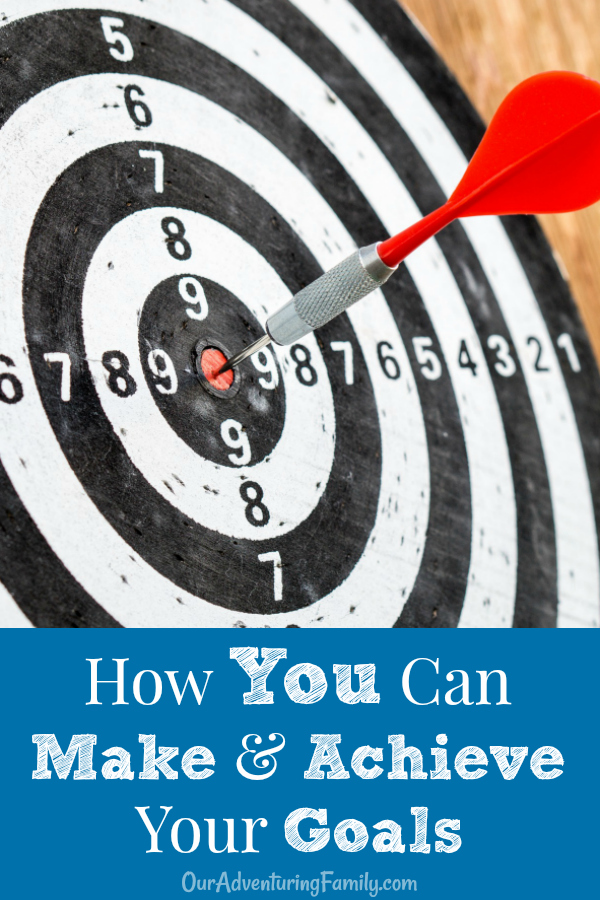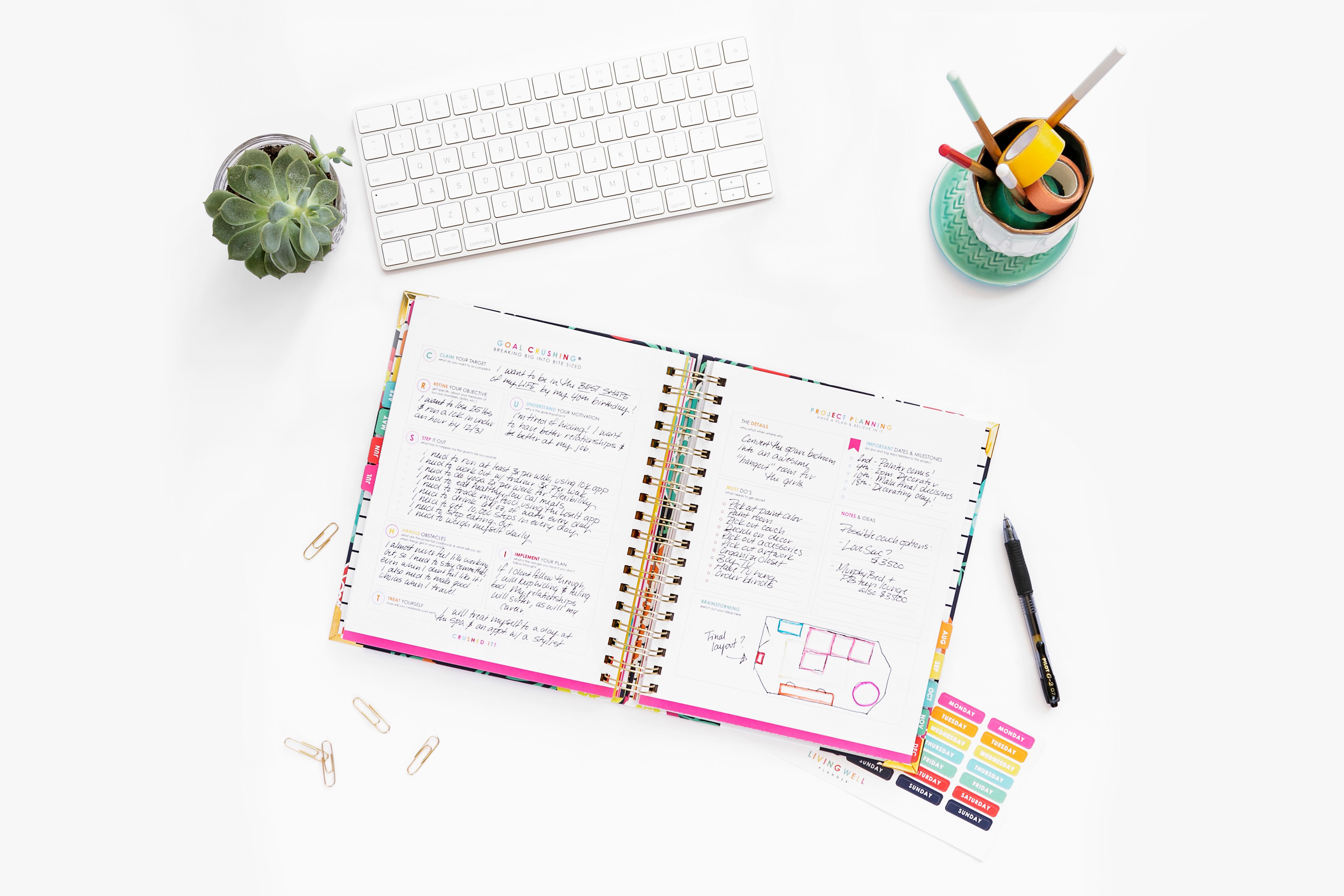This post may contain affiliate links. As an Amazon Associate I earn from qualifying purchases, but there is no additional cost for you. Please see my Disclosure page for more information.
This past summer I took the kiddos on three different road trips in the RV, two of them while towing the car on the dolly. I’d made short trips of an hour and a half in the RV, but nothing as long as those trips, and definitely not while towing the car behind me. Jeremy had to work and couldn’t come with us, so I made it a goal to get comfortable driving the RV and towing. I sweated the entire drive each time, but I did it and now feel much more confident in my abilities.
This will come in handy this summer when we go on our big road trip that we take every other year. Jeremy likes driving and has done all the driving during our big road trips in the past. But we’re not sure of Jeremy’s work schedule yet, and there’s a good chance I’ll be doing at least some of the driving. So I’m glad I had the chance to learn and get comfortable with our RV and the tow dolly this past summer.
I make a lot of goals and over the years I’ve been able to accomplish a good percentage of them.
In the last ten years I’ve trained for a marathon and nine half marathons, completed two sprint triathlons; built a chicken coop, a patio, and a double decker tree house; learned to tow a travel trailer and drive an RV while towing a car; started four businesses, and many other ambitious projects. Yes, I’m a chronic over-achiever 🙂
But for all that I’ve accomplished, there’s at least twice as many goals that didn’t happen the way that I’d planned. And that’s ok. I’ve learned to modify goals to better fit what I’m trying to accomplish and my abilities, and to drop some all together if they weren’t a good fit.
It’s not always an easy process to choose goals and then achieve them, even if we know we’ll benefit in some way from learning a new thing, finishing a project, or if it will help us accomplish a life-long goal. Like learning to drive an RV while towing so we can travel the country.
How can you make and achieve your goals?
1. Decide on achievable goals
Pick goals that you can achieve. Even if they seem a bit too easy. Once you’ve hit that one, make a new goal that stretches you a bit further. Rinse and repeat.
- I haven’t always followed this advice. I once had a list of 100 things I wanted to accomplish. Let’s just say I didn’t accomplish most of them. There were too many things spread over too many aspects of my life. It just wasn’t sustainable or achievable. I gave up on the list after a few months.
2. Less is more
Start with just one or two goals. It’s difficult to keep track of and make progress on too many goals. Remember, you want them to be achievable. If you’re spread too thin, your goals will stress you out instead of inspire you to do new things.
- That 100 goals list I had was way too complicated. Narrowing my goals to a reasonable number makes it less intimidating and overwhelming. After several years of doing this, I’ve worked up to 5 or 6 goals that I’m working on at any given time, and I’m able to consistently work on them and accomplish them.
3. Write them down
If you don’t write your goals down, it’s too easy to forget about them and not make them a priority. Track your progress in a bullet journal, a traditional journal, or an online journal.
- I have a personal blog I’ve been keeping for almost 11 years now that has been instrumental in helping me achieve my goals. Every week I record my progress towards achieving my goals on that personal blog. It’s basically a journal that documents my progress and records when I accomplish each goal. I’ve tried writing in a paper journal, but I’ve found that I am much more consistent typing up my weekly update than writing it by hand. I’m not sure why, but that’s what works for me.
If you like writing in paper journals, check out the handmade leather notebooks in my Etsy shop.
4. Have an accountability partner
Find someone you can report to regarding your progress and goal completion. This should be someone who will check on you if they haven’t heard anything in awhile, and nudge you back on track. Depending on how you work, reporting your progress on a blog or social media may be all the accountability you need. Find what works for you.
- Honestly, no one really cares as much about my goals as I do, but I’ve found that writing them on my personal blog and letting all 200 random readers know that I’m planning on doing something is very motivating. My weekly reports where I talk about the progress I made or didn’t make and why is just enough accountability to help me stay on track.
5. Have daily, weekly, and monthly plans
Make a plan to achieve your goals. Do you have a deadline to finish each one, or is the deadline flexible? The majority of my goals run on a yearly cycle (because it’s convenient and easy to remember), which are easy to break down into smaller chunks. Monthly goals can be broken down into weekly goals that are then broken down into daily goals. Write those goals in a planner so you can keep track of them and work on them throughout your daily routine.
- Despite not having good luck keeping a written journal (I think it’s because I like the ability to easily edit and rewrite until my thoughts make sense), I’ve kept a written planner since high school. I have boxes of past planners that I can’t quite get rid of yet. I’ve tried apps and such, but I keep going back to the planners. The act of writing things down helps me remember what I need to accomplish and not miss important appointments.
- I’ve used a number of different planners, but my current favorite is the Living Well Planner by Ruth Soukup. It’s a lot thicker than the ones I was using before, but that means I have plenty of room to write everything down, which definitely wasn’t the case with the others. Those four businesses I mentioned earlier? I’m actively working on all of them right now, so there are a lot of tasks to keep track of every day. The goal setting pages have helped me be more strategic when planning what tasks to tackle each day, week, and month.
Want your own Living Well planner? Order through this link and receive a free copy of Ruth's Living Well, Spending Zero book when you purchase a planner.
6. Be flexible
If a goal isn’t working out, you’re not feeling it, or you’re dreading working towards it, then ditch it. Find something else to work on and set a new goal. Quitting something that isn’t working isn’t failure, it’s being strategic. Your goals are yours and they’re to help you improve, learn, whatever you want to accomplish.
If you discover that you really don’t like quilting or you just cannot make heads or tails of Mandarin, then stop. Maybe re-visit them later, but don’t torture yourself needlessly. Now, if it’s something you’re trying to learn for a promotion or some other important deadline, then you’ll have to seriously consider your motivations and whether you can modify your goal so it’s less onerous and more completable.
- I can’t count the times I’ve dropped or changed goals. I’ve modified running goals, taken much, much longer than I’d planned on every building project I’ve ever started, and not followed through with plans to learn Welsh and Gaelic (someday….). I may have taken the RV on a solo drive with the car on the dolly for the first time the night before Jeremy left on the business trip that necessitated me driving the RV myself, but I still did it. Flu, strep, a nasty cold, a broken foot, and other health issues seriously slowed down my hiking goal progress last year, but with some planning I was able to complete my 52nd hike on New Years Eve, just squeaking in before the deadline.
~~~~~~~
What is a goal that you’ve achieved and are most proud of?



